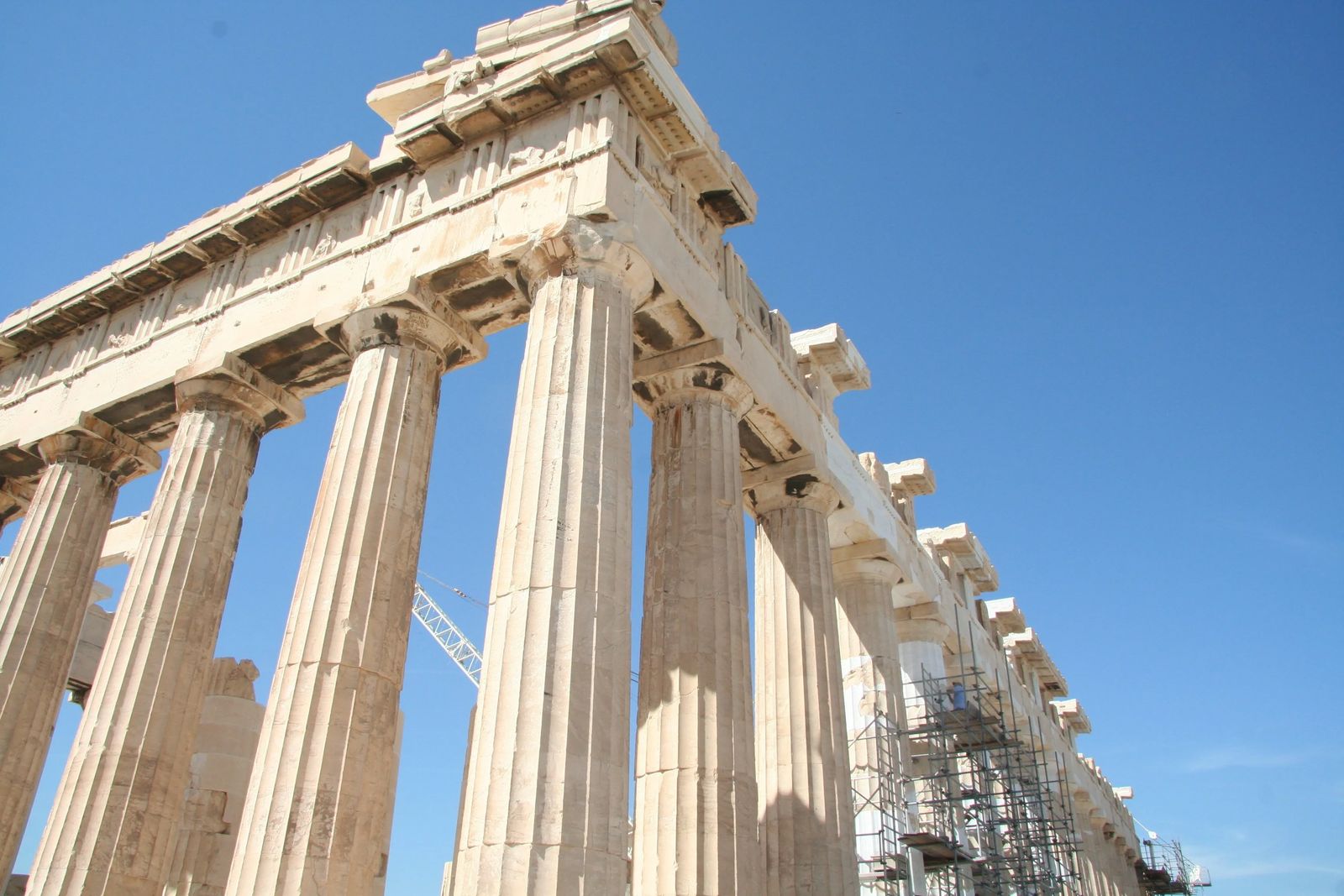
Visiting the Acropolis | A Place of Rich History and Inspirational Stories
I have always associated the Acropolis with Athena...the Greek goddess, but did you know that even before the Greeks built her this temple--- it was utilized to house a King? There was so much I didn't know before visiting the Acropolis on a shore excursion from our Eastern Mediterranean Cruise.
Know the History Before Visiting the Acropolis
It was a massive structure built in the Bronze age with walls that were 15 feet thick, and 20 feet high! This was the ideal place for fortifications and protection due to the high walls of limestone that make up the Acropolis.
It wasn't until the 6th Century (BC) that the Athenians built a temple they called the Bluebeard Temple but was dedicated to the Goddess Athena. Confused? Yeah, I thought so ..... the reason they called it the blue beard temple, was because of a man serpents face with 3 beards adorning the outside of the temple. It seemed strange to me that they would name the temple as such, the Native Americans in the States have a similar practice when naming their children. The first animal they see becomes their name and the action the animal is doing as well such as, 'running bull', or 'flying eagle'.
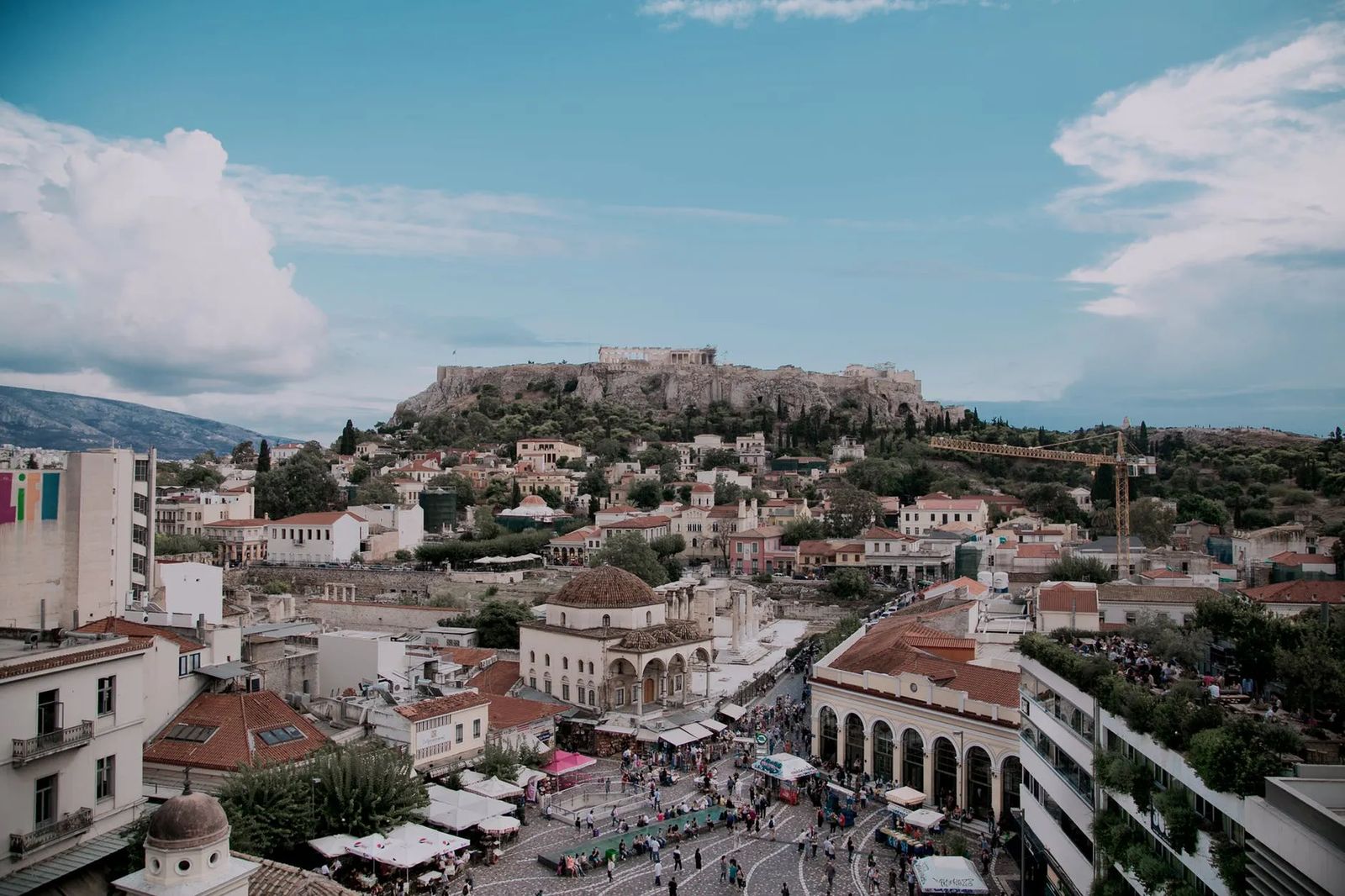
Fast forward a few hundred years and we arrive at the Golden Age of the Acropolis when Pericles built it into a grand pavilion fit for the Goddess of Wisdom, War, and Crafts. This project lasted nearly 50 years! I would kill my builder if my house had taken 50 years to build, although it truly felt that long (even though it was 9 months to build). In fact, it took so long, the builder (Pericles) died before it was finished.
When it was finished though, it represented the most iconic piece of Ancient Greece. A massive Parthenon with the Doric-style temple with an ornate entrance that once had plastered colorful walls dedicated to the Goddess. As the worshiper made their way into the Parthenon, a small shrine to Athena was located on the right. The worshiper would put there offering in this place, and then approach the imposing 30-foot statue of Athena, and pray for events related to Wisdom, War, or Crafts. If your offering was good enough she would offer wisdom on your plea, and then give you the courage to follow through with the advice. Pretty swell deal if you ask me!
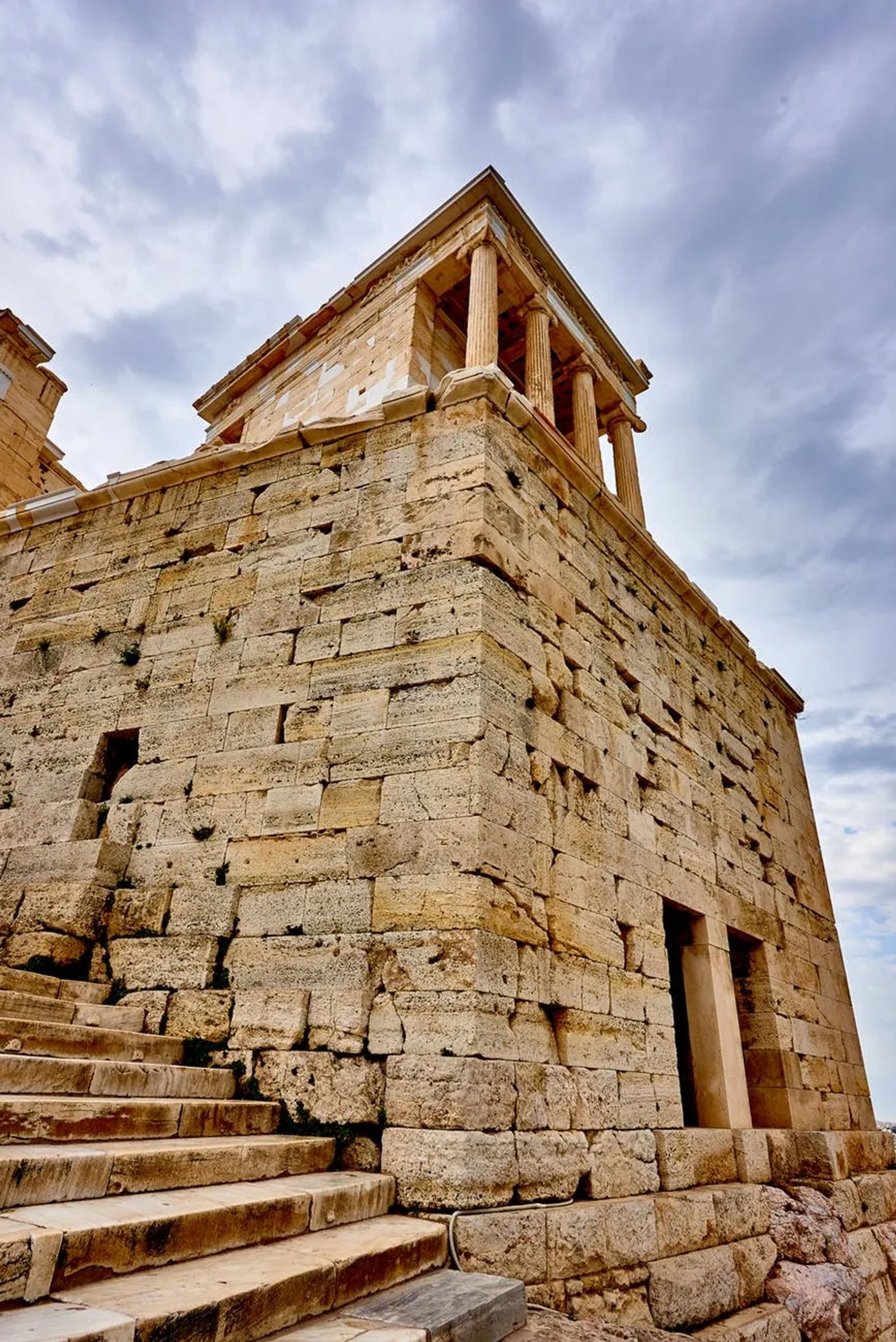
Except for the offerings which most basic sacrifices were that of an animal For those who are squeamish (or vegan), skip to the next section heading, if not please continue. Animal Sacrifices typically consisted of a steer, pig, or goat. They would then pour a cold bucket of water over the animals head, to get its consent in the form of a head nod. The animal's throat would then be sliced, collecting the blood in a sacred vessel for the God.
The priest would then cut the animal open after it's death, and find readings on the entrails and liver to determine if the God or Goddess accepted the offering. If the offering was acceptable, the bones were burned at the feet of the God/Goddess so that it could rise to the heavens. Then the meat was cooked at the shrine, or at the feat of the God/Goddess. It was considered a family time, a community time for those in that time period. It was also the only time that the Greeks would eat meat. It gives a whole new meaning to the phrase, 'Dining with the Gods' now when I hear it in movies.
The Erechtheion

The smaller temple that adorns the Limestone hill to the North of the Pantheon is the Erechtheion. Six beautifully sculpted maiden statues support an outcropping of the temple once dedicated to Athena, the local hero Boutes, Hephaistos and other gods and heroes. This smaller temple was considered the most sacred area on the Acropolis. Legendary Kings of Athens are said to be buried around this site.
The Christian Takeover
The climb up the Acropolis takes your breath away, in every sense of the phrase. The climb up will give you a glimpse of Mars Hill. A very popular site to Christians, as this is the place that the Biblical Apostle Paul gave The Areopagus sermon that addressed the ignorance of the Greeks that practiced Pagan worship, encouragement of worship towards the God of creation as the only God to worship.
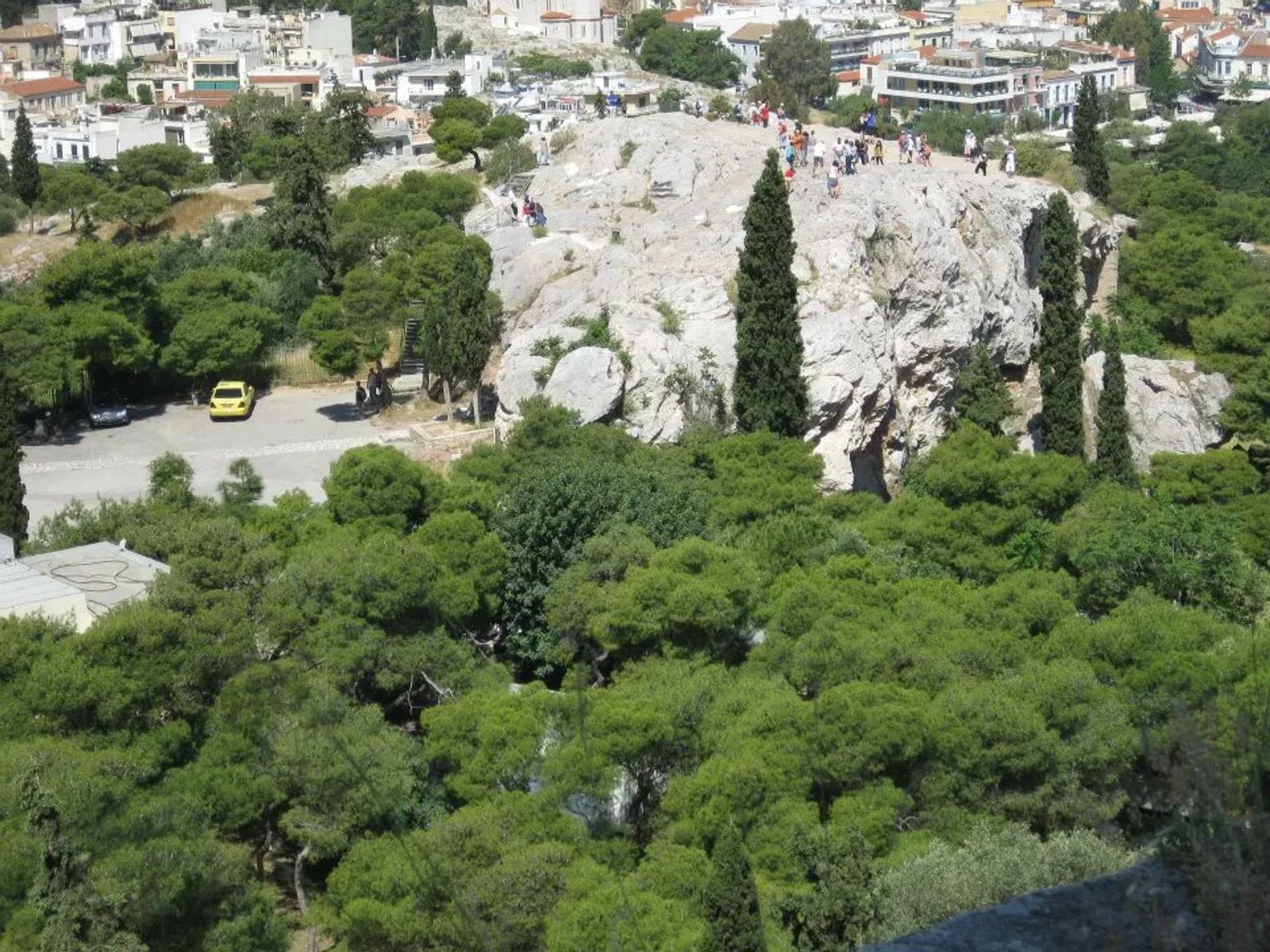
The sermon also addressed the loving relationship God had with humanity, how idols of gold and silver and stone are not proper things to worship. This was in 49 AD that he preached to the Greeks on the day of the yearly festival for the Goddess Athena, right below the temple for her.
The sixth century came around and Rome converted to Christianity, many of the Temples were converted to Christian churches. The Parthenon was dedicated to the Virgin Mary, and the Erectheion became the chapel.
The Turks and Venetians in Greece

The one thing that surprised me the most was the story of the Venetians attacking the Acropolis. It was September 26, 1687, when they decimated the Parthenon as it held the cities powder munitions at the time when they attacked. Items were looted, taken, and then a British Earl came and rescued the remaining artifacts and took them to the British Museum for preservation (at the discontentment of the Greek Government those items remain in a British Museum).
Nazi Occupation of Greece
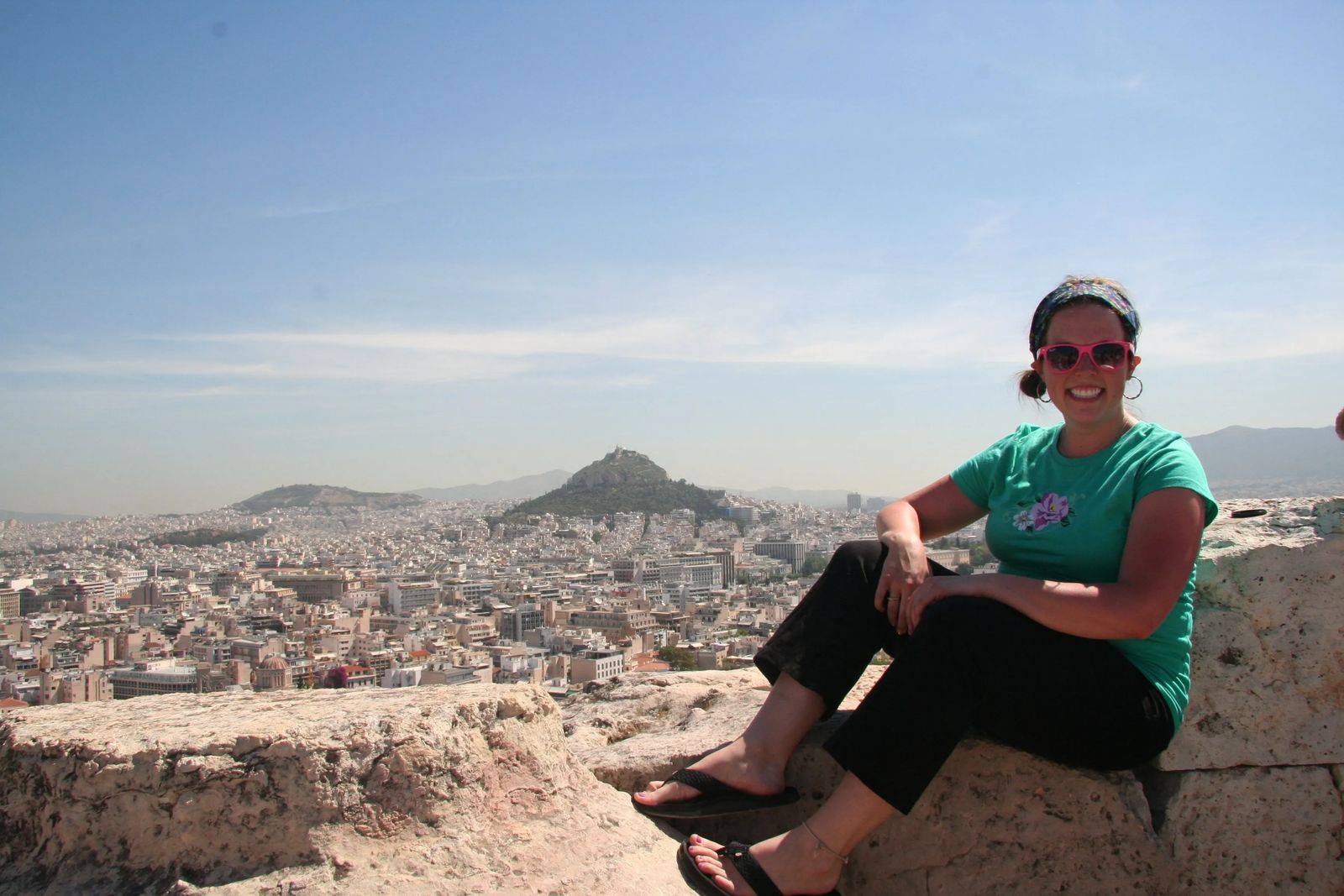
The Nazi resistance in Athens was unlike any story I have heard of before. After the Nazi's began their occupation in Greece nearly 11% of citizens died; with 40,000 of those being in Athens from Starvation. The Greeks have always been fighters though, small guerrilla resistances were popping up all over the country with the National Liberation group, guerrilla force ELAS, and other axis groups throughout Greece.
On April 27, 1941, the Acropolis added one more story into its history of surviving in the face of hardship and centuries of change. On April 27, 1941, two nationalists were forced to take down the Greek flag and raise the Nazi flag. Manolis Glezos, instead of raising the Nazi Flag, wrapped himself in the Greek flag and jumped from the Acropolis rather than have to raise a flag that was causing such oppression and death in his country.
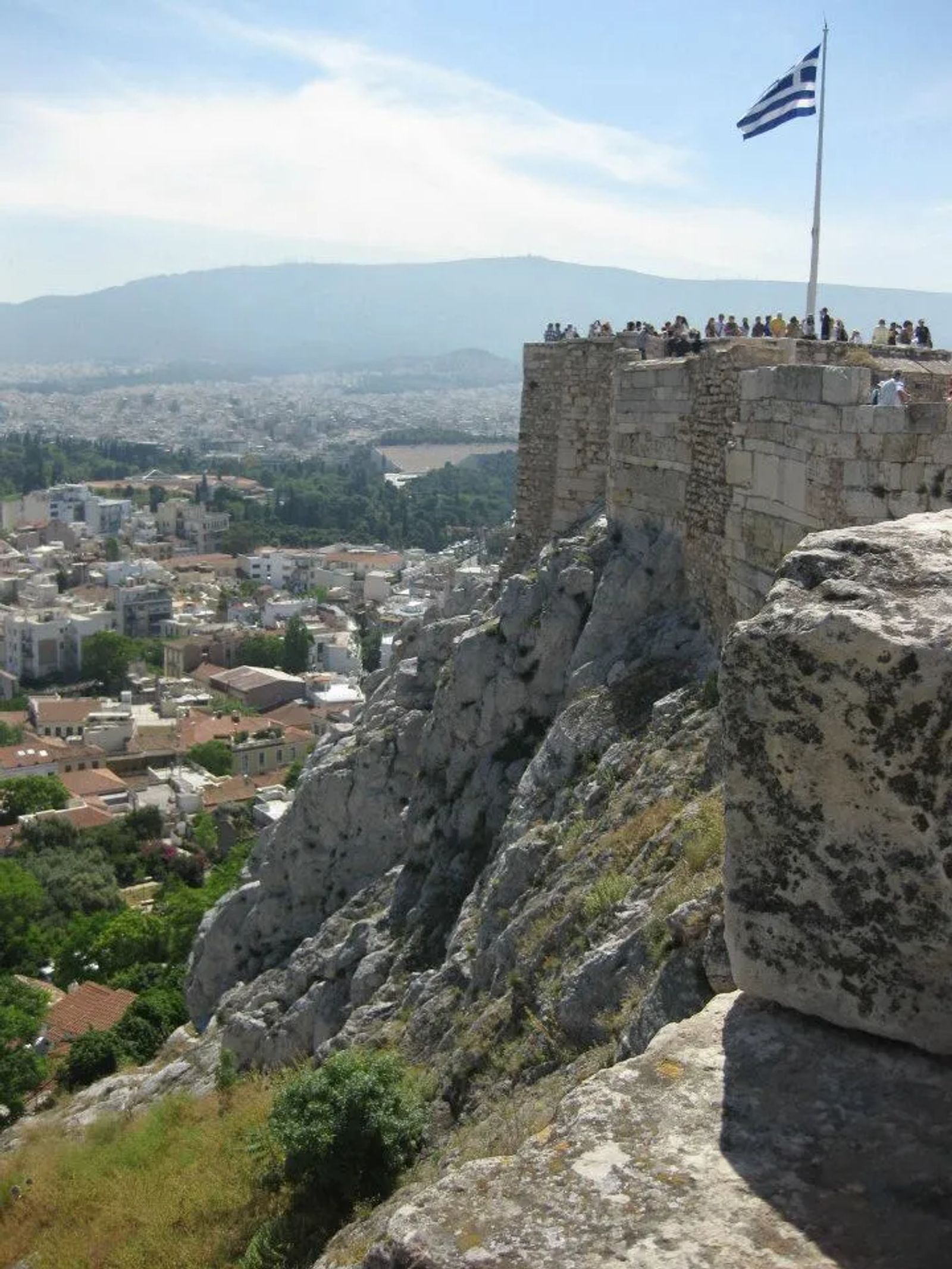
Yet despite the long fall, he survived and climbed back up the Acropolis on May 30, 1941, and tore down the Nazi flag again. Over the years experienced imprisonment, torture, exile, re-imprisonment, and accused of espionage during the Cold War. In total, he had 11 years and 4 months of imprisonment, and 4 years 6 months of exile. As of 2018, he is now a 96-year-old with a resume to rival any ancient Greek God.
Still Inspiring Generations
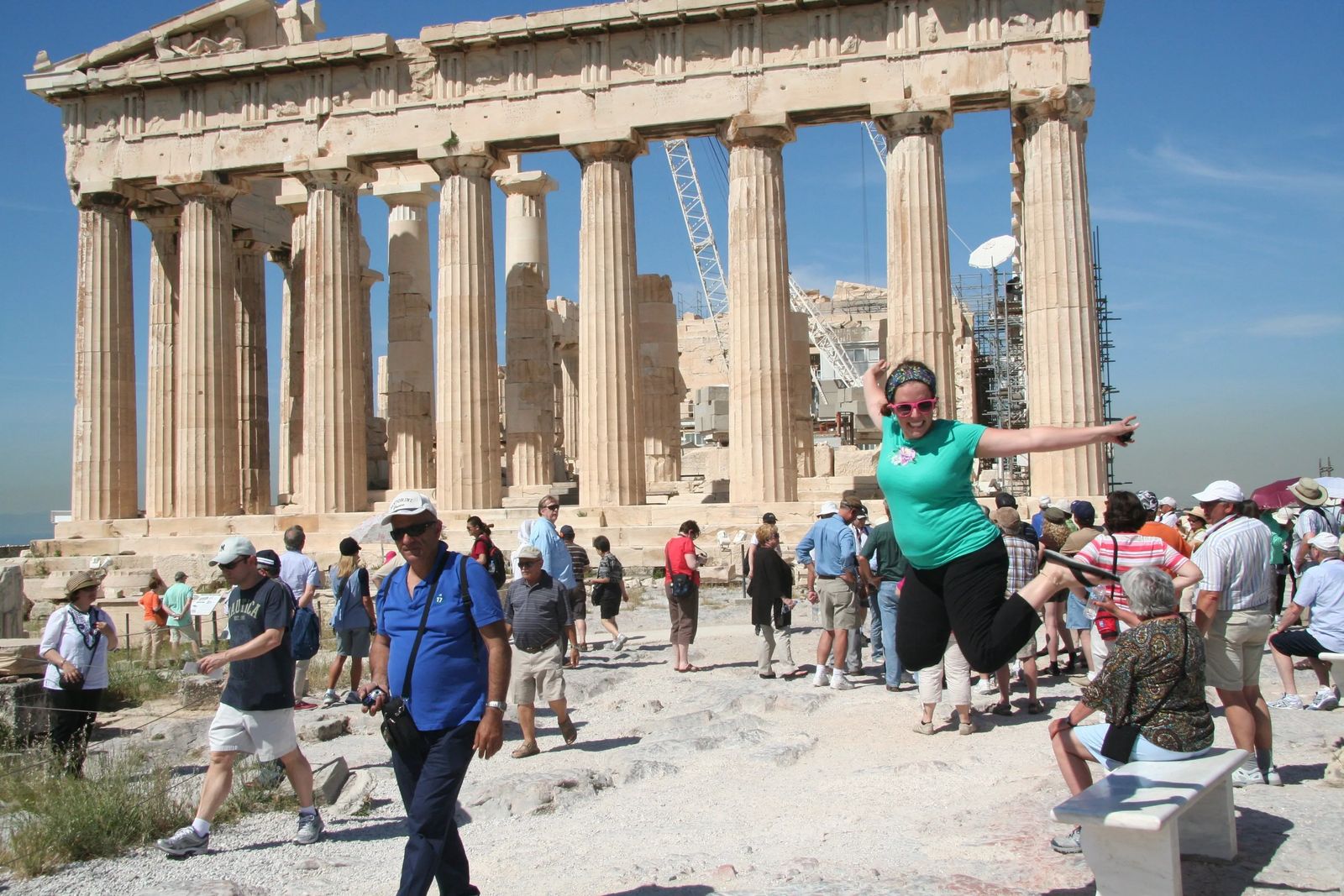
It was so hot the day that I went to the Acropolis, standing on that Limestone hill in the humid summers that often plague Athens. The hike didn't help that fact, but it did help with giving me a much better perspective and appreciation for the high walls, steep hills, and what it would have been like to be a worshiper in ancient times. The most moving part about visiting the Acropolis was the soul inspiring story of Manolis Glezos. His courage in the face of the tyrannical Nazi's left a deep impression on me as I walked back down the hill of the Acropolis.

Important Information to know Before Visiting the Acropolis
The Acropolis is open year-round. Lines can be long, even if you do have a ticket to get in, but tickets can be bought at the entrance as well. I would suggest arriving 20 minutes before opening to avoid the crowds, bring cash, and you will have some shade in the morning until around 11 am from the grand entrance to the Parthenon. Please check out the Acropolis Opening times, as they are subject to change depending on the season and holidays.
Most importantly, bring comfortable shoes and water because exploring the Acropolis requires a lot of walking. Keep in mind that some buildings may be inaccessible due to renovations.

Activities Near the Acropolis
Corinth Cave of Lakes, Meteora Day Trip, National Garden of Athens, Acropolis Museum, Plakas Neighborhood, Pisirri Neighborhood, Temple of Hephaestus, Panathenaic Stadium (where Olympic flame originates during the Olympics), Central Market (for a more local experience), Thermal Spas are another great place to meet locals, Kayaking on the Aegean Sea, Museum of Illusions. Eco Tours: Base Outdoor Activities and Trails beyond.
Where to Stay:
Best Time of Year for Visiting the Acropolis

There are a few times of year that there is a free entry and coincides with National Holidays. Yes, it will be busy, but you may get fireworks as a backdrop or some incredibly unique lighting of the Parthenon (every photographer's dream).
Here are a few of the days and associated holidays that come with free entry to the Acropolis: 6 March (In Memory of Melina Mercouri), 25 March (Greek National Holiday), 18 May (International Museum Day), 28 October (Greek National Holiday).


Welcome to Culture Trekking!
My name is Janiel, I specialize in solo female travel, cultural connections, sustainable adventures, food and history to help make your travel experiences fun, meaningful, and delicious. My experience in travel, and my personal story have allowed me to get published in Fodor's Travel, Atlas Obscura, Metro.co.uk, Trip Advisor, and multiple Podcast interviews. You can find me on pretty much every social media channel YouTube, Instagram, Twitter, Facebook, Pinterest, TikTok. To read more about me and my story click here. If you are a brand and would like to work with me, click here.


